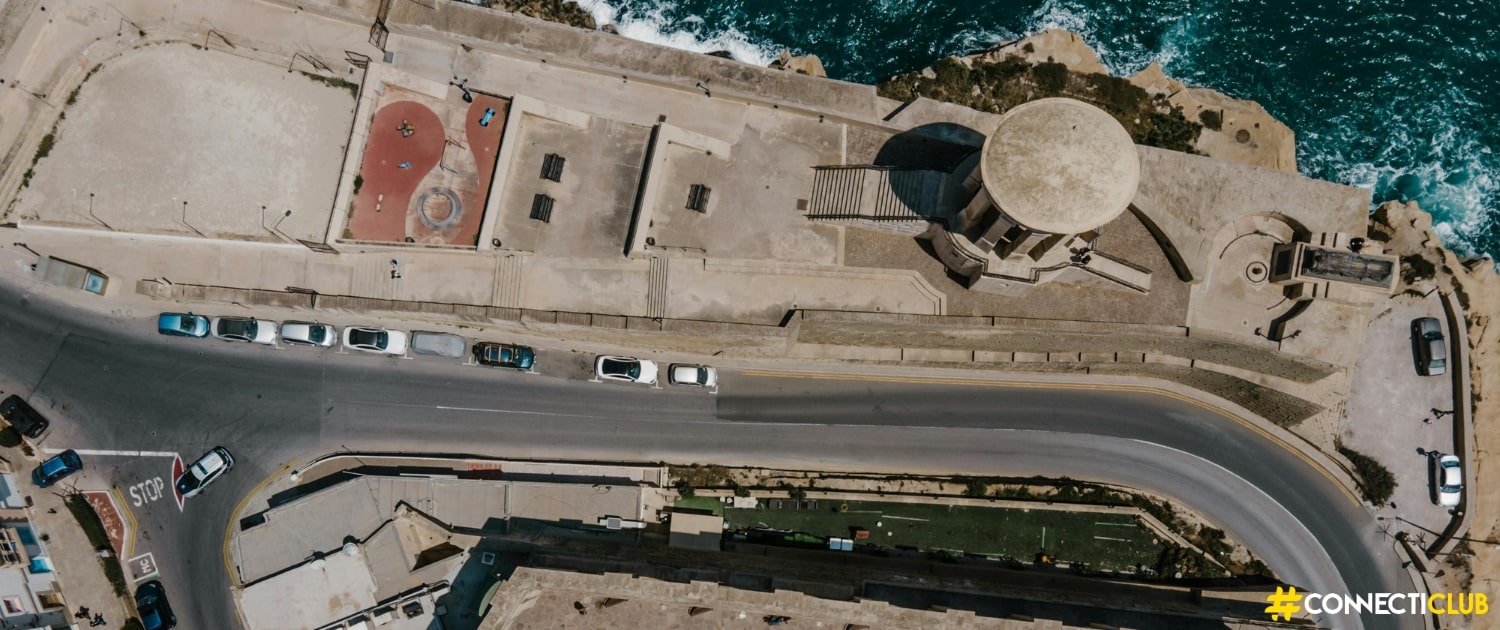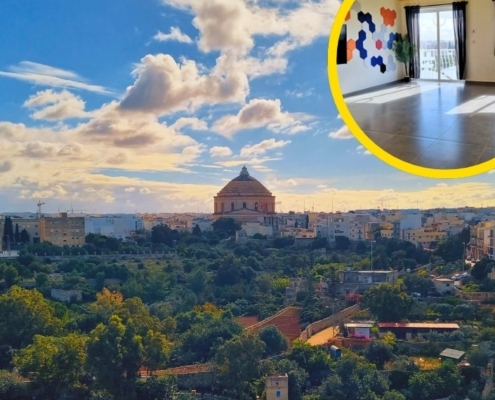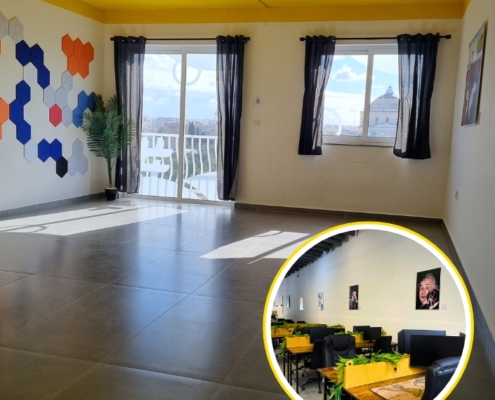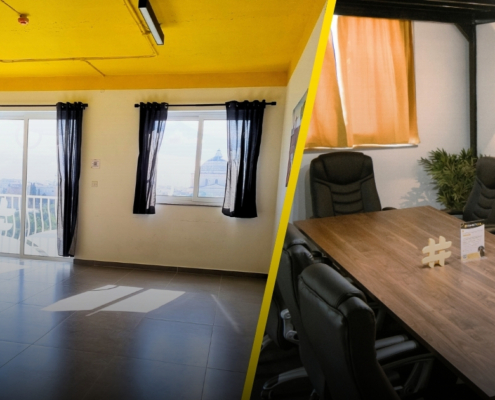In recent years, Malta has made remarkable strides in its road transport sector, aiming to improve connectivity between its towns, rural areas, and popular tourist destinations. This Mediterranean island nation is committed to sustainable development, influencing its approach to modernizing road networks while preserving natural and cultural heritage sites.
As Malta continues to evolve as a strategic transport hub in the Mediterranean region, its road transport infrastructure remains pivotal in supporting economic growth, tourism, and daily mobility for residents and visitors alike. The progress in road transport in Malta highlights the country’s dedication to enhancing its transportation systems while maintaining sustainability. In this article, we will learn more about how road transport is evolving in Malta and why it is essential for both residents and visitors to be familiar with its structure and traffic rules.
Road Transport Infrastructure in Malta is Improving
Malta’s road transport system serves as a vital lifeline, seamlessly connecting towns, rural areas, and tourist attractions across the island. This well-developed network not only facilitates daily commuting but also supports the vibrant tourism and business sectors, contributing significantly to Malta’s economy.
Recent improvements in roads and traffic management have made getting to popular places like the Blue Lagoon and Mdina much smoother. These updates reflect Malta’s focus on making transportation both efficient and sustainable. Modern traffic control and road maintenance technology are helping to ensure that both residents and visitors have a better travel experience.
Driving and Safety Regulations
Similar to the UK, vehicles in Malta drive on the left side of the road. Safety measures such as wearing seatbelts are strictly enforced for both drivers and passengers. In case of minor accidents without injuries, drivers are required to complete a bumper-to-bumper form, reducing the need for police intervention. Moreover, entry into Valletta, Malta’s capital city, requires a fee under the Control Vehicular Access (CVA) system, aimed at managing traffic flow and preserving the historic city centre’s ambiance.
Regulatory Requirements
All vehicles in Malta must comply with stringent regulations enforced by Transport Malta. These include having valid insurance, registered plates, and prominently displayed road licences. These regulations are crucial for maintaining safety standards and ensuring accountability among vehicle owners and operators.
Laws Governing Road Transport in Malta
Malta has comprehensive legislation governing various modes of transport, including road, air, and sea. These laws establish stringent safety protocols, operational guidelines, and licensing requirements to uphold efficiency and safety across transportation networks.
Key Legislative Acts:
- Authority for Transport in Malta Act: Central authority managing transport operations and issuing licences.
- Ports Regulations: Ensures Maltese ports meet international standards.
- Air Navigation Order: Controls air traffic and safety within Maltese airspace.
- Civil Aviation Act: Governs civil aviation activities and airport operations.
- Commercial Vessels Regulations: Sets rules for commercial ships operating in Maltese waters.
- Road Regulations Act: Establishes traffic rules and safety measures specific to road transport.
Land Transportation Laws in Malta
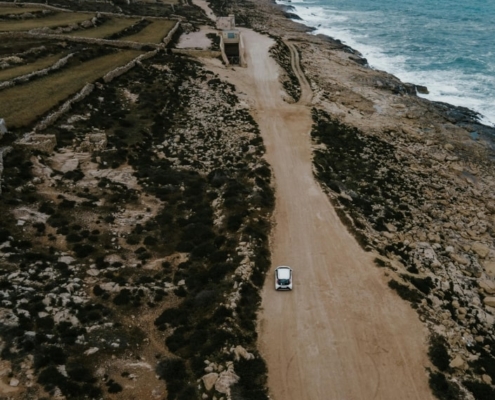
Malta’s laws on land transport cover a wide range of vehicles, from personal cars to commercial transport. These regulations prioritize vehicle safety, driver competence, and environmental conservation, ensuring sustainable transport practices.
Key Areas of Focus:
- Driver Licensing: Mandatory for all drivers in Malta, with EU citizens able to use their home country licences under certain conditions.
- Commercial Transport: Strict regulations and specific licences required for businesses transporting goods or passengers.
- Roadworthiness Tests: Regular inspections ensure vehicles meet safety and environmental standards.
Licensing Requirements for Road Transport in Malta
The Authority of Transport in Malta oversees the issuance of various licences necessary for operating vehicles on Maltese roads, including:
- Road Licences: Essential for all vehicles operating in Malta.
- Taxi Permits: Required for taxi and hire services.
- Hazardous Goods Transport Licences: Ensures safe transport of dangerous materials.
- Professional Driver’s Licences: Mandatory for drivers engaged in passenger transport, ensuring competence and adherence to safety standards.
The Maltese Driver’s Licence
To drive legally in Malta, individuals must possess a driver’s licence issued by Transport Malta. EU citizens can use their home country licences in Malta, with the Maltese licence comprising a photo ID card and counterpart document detailing driving privileges and endorsements.
Exchanging a Foreign Driver’s Licence in Malta
Individuals moving to Malta with non-European driver’s licences can exchange them for Maltese licences. Proof of residency in Malta for at least 185 days within the past year is required, along with submission of necessary documents to Transport Malta for verification.
Understanding Road Transport in Malta is Vital
Road transport in Malta is not just a means of getting from point A to point B; it forms the backbone of daily life, business operations, and tourism on the island. With robust infrastructure and stringent regulations overseen by Transport Malta, the safety and efficiency of Malta’s road transport network are assured. Whether navigating through Valletta’s charming streets or facilitating goods transport across the island, adherence to Malta’s road transport laws and licensing requirements is crucial for ensuring public safety and promoting sustainable development.
SOME ROAD TRASPORT IN MALTA FAQs
- What side of the road do they drive on in Malta? In Malta, driving follows the left-hand traffic rule, similar to the UK.
- Do I need a special permit to drive in Valletta? Yes, the Control Vehicular Access (CVA) system in Valletta requires a fee for vehicle entry to manage traffic in the city center.
- Can I use my foreign driver’s licence in Malta? EU citizens can use their home country driver’s licences in Malta under certain conditions. Non-EU citizens may need to exchange their licences for a Maltese driver’s licence.
- What are the requirements for obtaining a taxi permit in Malta? To operate a taxi service in Malta, you need to obtain a taxi permit from Transport Malta, which includes meeting specific safety and operational standards.
- How often do vehicles in Malta need to undergo roadworthiness tests? Vehicles in Malta must pass regular roadworthiness tests to ensure they meet safety and environmental standards.

